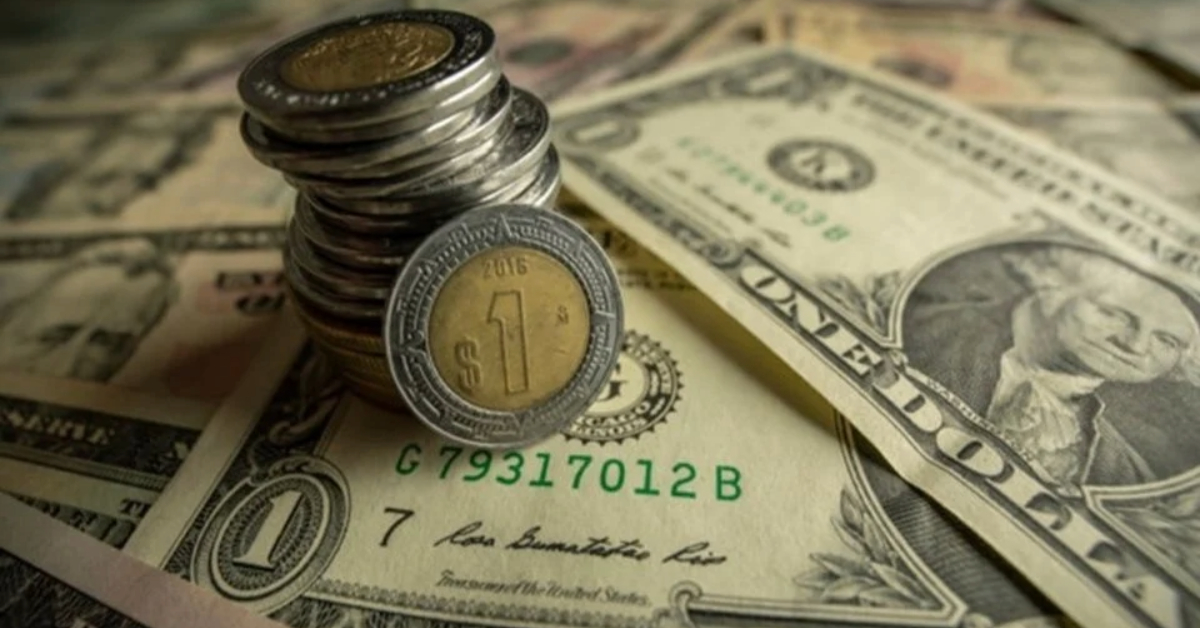Puerto Vallarta, Mexico – The Mexican peso is depreciating against the U.S. dollar on Monday morning as financial markets react to new tariff threats from former U.S. President Donald Trump. Trump announced plans to impose a 25% tariff on steel and aluminum imports, including from key trading partners such as Canada and Mexico, triggering concerns about the impact on the Mexican economy.
The peso is trading at 20.6343 units per dollar, reflecting an 8.93-cent loss compared to Friday’s closing rate of 20.5450 units, according to official data from the Bank of Mexico (Banxico). This marks a 0.44% depreciation of the local currency.
The U.S. dollar index (DXY), which measures the dollar’s strength against a basket of six major currencies, has climbed 0.22% to 108.28 units. In the currency market, the dollar is trading in a range between 20.5517 and 20.6403 units.
Impact of Tariff Announcement
Banco Base, a prominent local bank, attributed the peso’s depreciation to the strengthening of the dollar following Trump’s tariff announcement. “The depreciation is due to the strengthening of the dollar following Donald Trump’s announcement that he will impose a 25% tariff on all steel and aluminum imports to the United States, including those from countries such as Canada and Mexico,” the bank stated in a note.
The bank emphasized that the potential tariffs would significantly impact Mexico’s economy, as approximately 82% of its steel, aluminum, and manufactured goods are exported to the U.S.
Market analysts from CiBanco predict the peso will trade between 20.30 and 20.80 units this week, as investors monitor further developments in global trade tensions.
U.S. Economic Data and Powell’s Testimony
Investors are also bracing for critical economic events in the U.S. this week, including the release of key inflation data. Federal Reserve Chair Jerome Powell is set to testify before the House of Representatives, where he may provide insight into inflation trends and the central bank’s policy outlook.
Domestic Monetary Policy Developments
On the domestic front, markets are digesting comments from Banxico Governor Victoria Rodríguez Ceja. In a recent interview with Reuters, Rodríguez Ceja noted that Mexico’s current inflationary environment may permit further reductions in the country’s benchmark interest rate.
Last week, Banxico cut its key interest rate by 50 basis points to 9.5%, marking a notable departure from the previous 25-basis-point cuts it had implemented. The recent decision follows the central bank’s strategy of easing borrowing costs from a record high of 11.25% in March 2024.
Market Outlook
As concerns about trade and monetary policy weigh on investor sentiment, the peso faces continued pressure. Analysts suggest that the combination of U.S. economic indicators and local monetary policy adjustments will play a critical role in determining the peso’s trajectory this week.
Economic experts warn that heightened trade tensions could pose risks to Mexico’s manufacturing sector, a vital component of its economy, while continued policy easing by Banxico may offer some support to domestic economic activity.
Puerto Vallarta, Mexico - The Mexican peso is depreciating against the U.S. dollar on Monday morning as financial markets react to new tariff threats from former U.S. President Donald Trump. Trump announced plans to impose a 25% tariff on steel and aluminum imports, including from key trading partners such as Canada and Mexico, triggering concerns about the impact on the Mexican economy.











